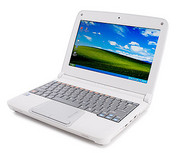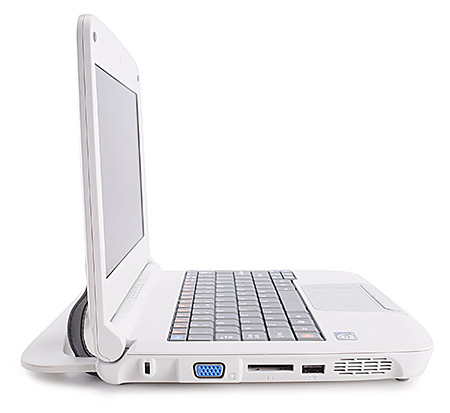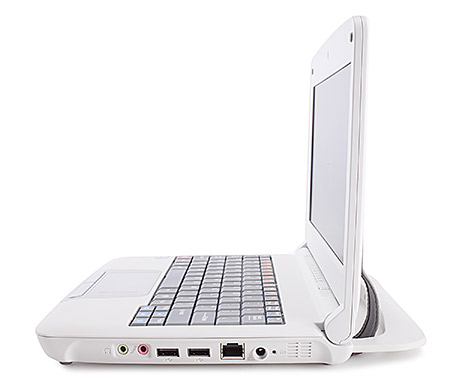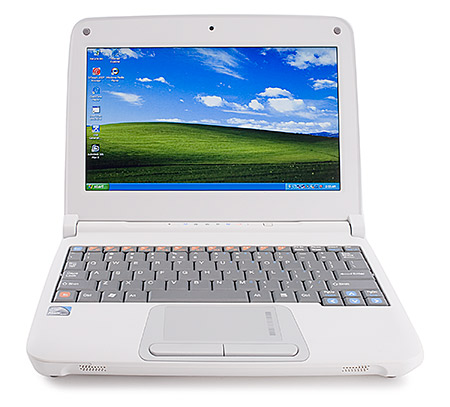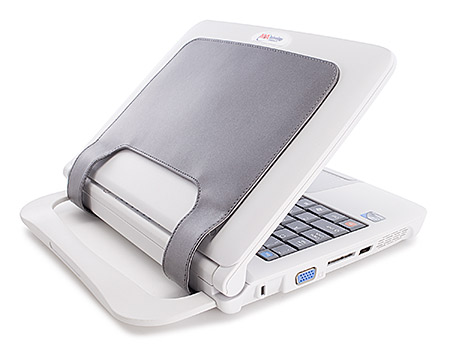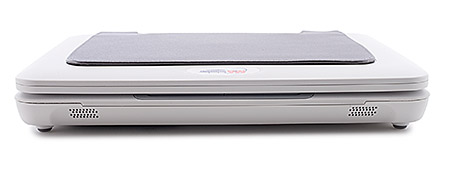M&A Technology Companion PC 10
Specifications
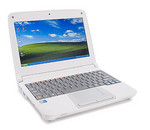
Price comparison
Average of 1 scores (from 1 reviews)
Reviews for the M&A Technology Companion PC 10
Source: PC Mag
 Archive.org version
Archive.org versionYou would be hard-pressed to identify many features—or any software—of the M&A Companion PC 10 ($449 list) that specifically targets students under the age of 12. The M&A Companion 10 is a straightforward netbook that's suitable for boys and girls of any age, thanks to its generic design. While its hardware configuration is classroom-ready, M&A doesn't include software that makes it easy to use, and it's a bit pricey at $449.
Single Review, online available, Long, Date: 12/10/2009
Rating: Total score: 60%
Comment
Intel Graphics Media Accelerator (GMA) 950: Intel Graphics Media Accelerator 950 is an integrated (onboard) graphic chip on Mobile Intel 945GM chipset. It is a faster clocked version of the GMA 900 and supports no hardware T&L (Transform & Lightning) accelleration (which is required for some games).
These graphics cards are not suited for Windows 3D games. Office and Internet surfing however is possible.
» Further information can be found in our Comparison of Mobile Graphics Cards and the corresponding Benchmark List.
Intel Atom: The Intel Atom series is a 64-Bit (not every model supports 64bit) microprocessor for cheap and small notebooks (so called netbooks), MIDs, or UMPCs. The speciality of the new architecture is the "in order" execution (instead of the usual and faster "out of order" execution). Therefore, the transistor count of the Atom series is much lower and, thus, cheaper to produce. Furthermore, the power consumption is very low. The performance per Megahertz is therfore worse than the old Pentium 3M (1,2 GHz on par with a 1.6 GHz Atom).
N270: Power efficient, cheap and slow netbook single-core CPU. Because of the in-order execution, its performance per MHz is worse than Core Solo or Celeron M processors.» Further information can be found in our Comparison of Mobile Processsors.




